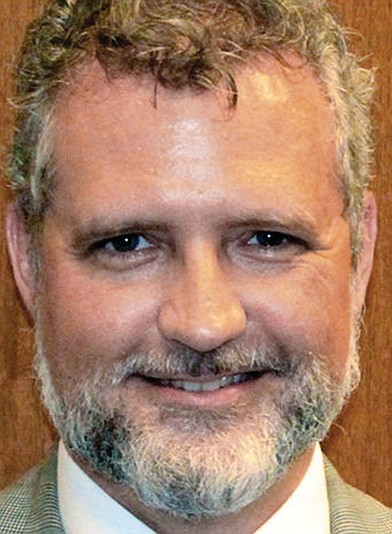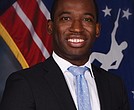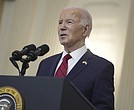City surplus larger than reported
9/24/2020, 6 p.m.
It turns out that Richmond’s surplus is actually $7.9 million larger than reported, Mayor Levar M. Stoney’s administration has confirmed.
While the mayor touted a surprising $13.75 million surplus for the 2019-20 fiscal year that ended June 30, he did not mention the additional $7.9 million that he wants to put into two virtually untouchable savings accounts, known as the revenue stabilization fund and the unassigned fund balance.
With the additional money, the surplus amounts to around $21.6 million, ac- cording to the administration’s financial information.
Under a City Council policy, the city’s “rainy day” fund, which comprises the two accounts, needs to total about $125 million — the equivalent of 16.67 percent of the approved $747 million general fund budget for the 2019-20 fiscal year.
But this year, the Stoney administration is seeking to push the “rainy day” fund total to $132 million, and the justification from administration members is to impress Wall Street credit agencies. The administration’s goal is to boost the city’s already high AA+ credit rating to AAA, the best.
City Council could consider reallocating some of the money for other priorities prior to Oct. 31. The council is set to discuss use of only $1.37 million, or 10 percent of the announced $13.75 million surplus, next Monday during its informal session.
No council member has announced plans to consider using a larger share of the small mountain of unexpended dollars Richmond amassed in the face of COVID-19 and reduced income from lodging and meals taxes.
Evidence of the push to boost savings is found in a Sept. 15 fund balance report submitted to City Council’s Finance and Economic Development Committee. The fund balance is money that was not spent during the last fiscal year.
According to the report, the total of unspent dollars amounts to $160.9 million, up $9 million from the previous year.
Some of that already is earmarked, including $15.8 million that is set aside to repay loans to build the three new school buildings and to pay nearly $2 million in bills that the city owes but to did not pay prior to June 30.
Under a policy the council put in place in 2017, 50 percent of the announced $13.75 million surplus is to go into the revenue reserve, boosting that from around $14 million in fiscal 2018-19 to $20 million.
That’s just $2.4 million shy of the $22.4 million needed to meet council’s goal of a 3 percent revenue reserve.
Meanwhile, the unassigned fund balance, according to the administration would total $112.45 million, up about $900,000 from fiscal 2018-19, or about $10 million more than is needed to meet the council’s goal of 13.67 percent of the general fund budget.
If $2.4 million were shifted from the unassigned fund balance to the revenue stabilization fund and the unassigned fund balance were reduced to the $102 million needed to meet the council goal, that would free $7.9 million for other uses.
City Finance Director John B. Wack said that math is correct, but he said such a change would reverse the growth of the unassigned fund balance in recent years.
He said rating agencies most closely watch the unassigned fund balance, which basically neither the mayor nor the council can touch. He said that fund has been growing annually and added that the administration would oppose reversing course and reducing it to around $102 million, the minimum needed to meet council policy.
He said rating agencies pay less at- tention to the revenue stabilization fund, which also is almost untouchable. It can be tapped in an emergency, such as a damaging hurricane, but only if the mayor presents a plan that council approves to replace the money within six months.
However, S&P Global Ratings, in it is report on the city strengths and weaknesses in maintaining an AA+ rating on its bonds, noted the money in both reserves in praising the city’s financial management.







